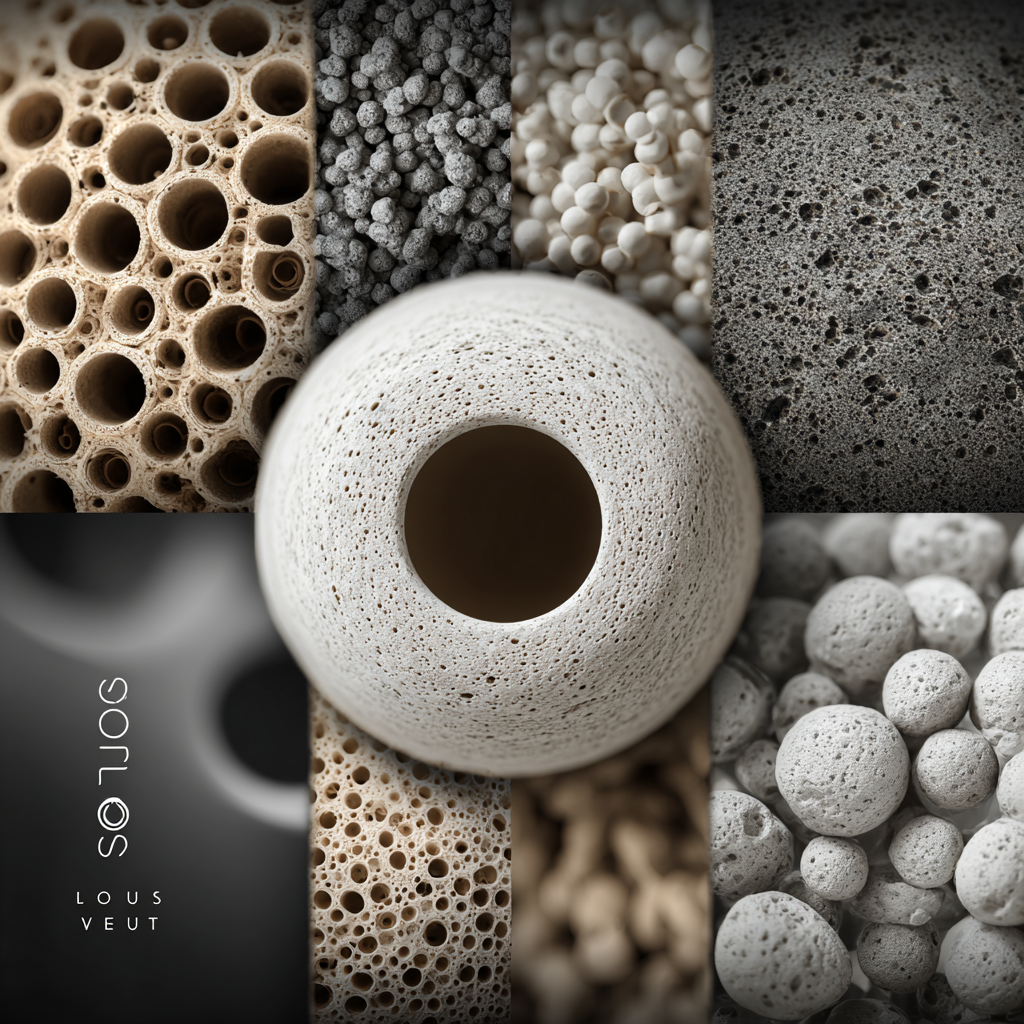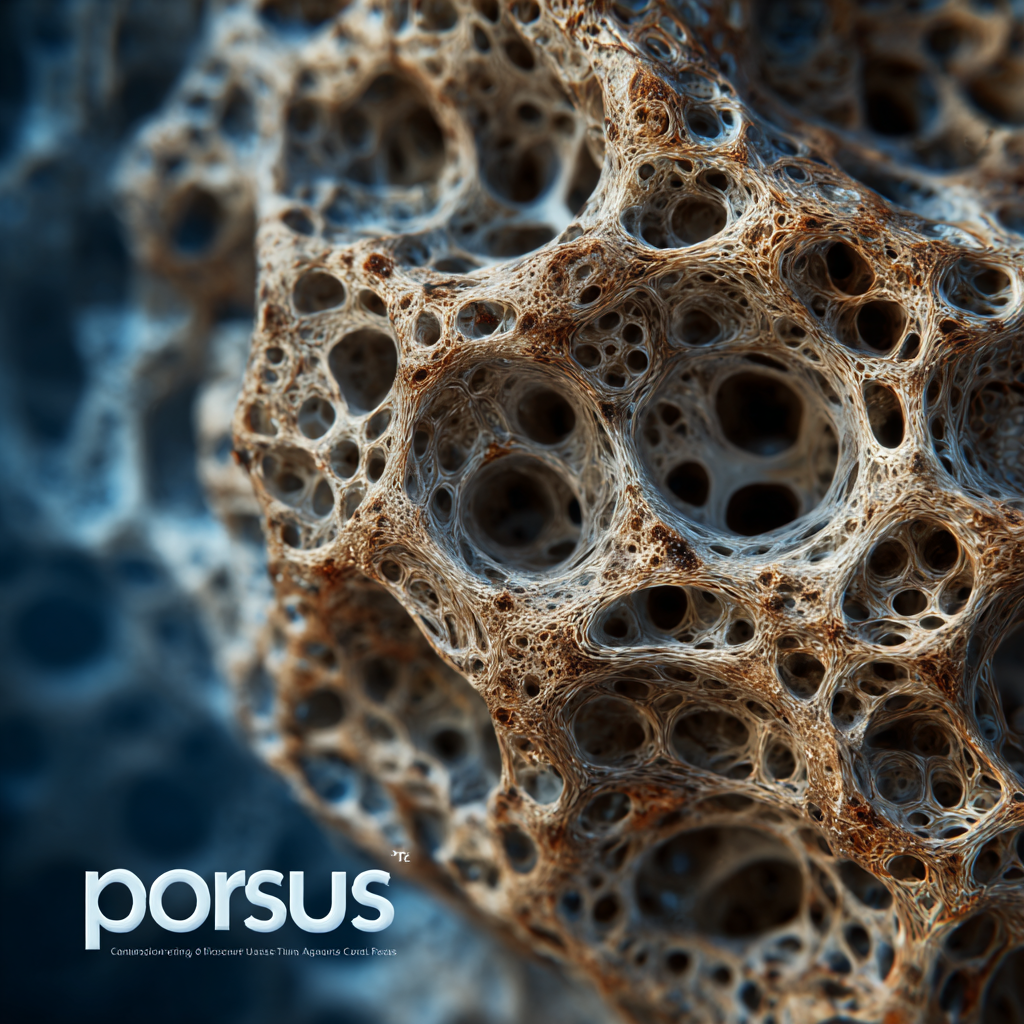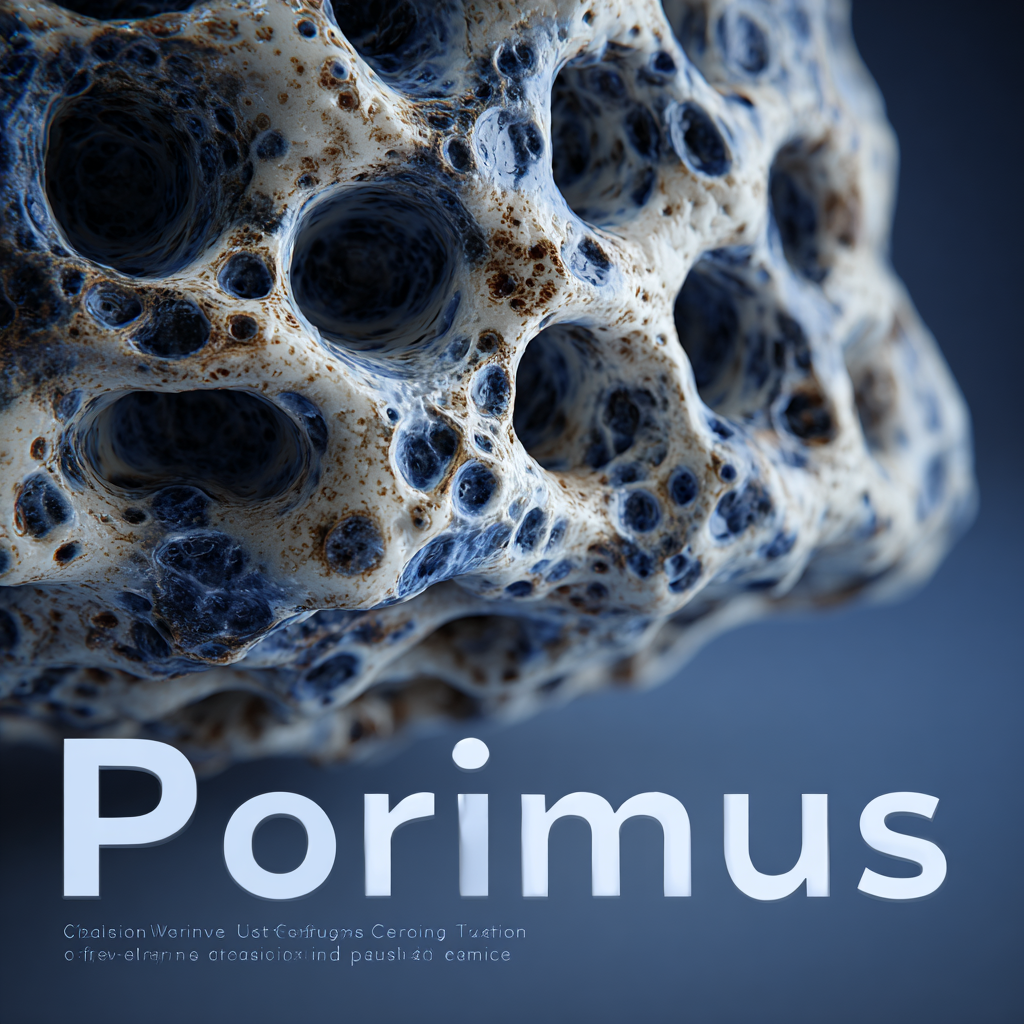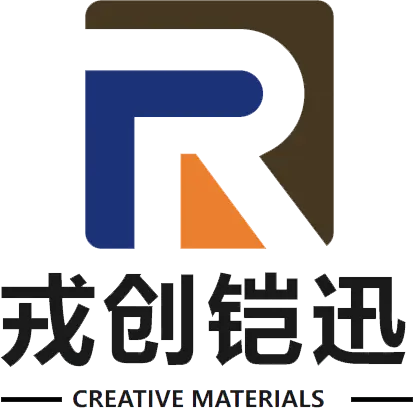Porous ceramics have garnered increasing attention in various fields due to their unique properties and versatile applications. These innovative materials, characterized by their high porosity and exceptional mechanical strength, play a crucial role in industries ranging from biomedical engineering to environmental remediation. In this ultimate guide, we will explore the distinct features that set the best porous ceramic products apart, including their lightweight nature, thermal stability, and permeability.

Furthermore, we will delve into the myriad applications of porous ceramics, highlighting their significance in water filtration, gas purification, and even as scaffolds for tissue engineering. Whether you are a researcher, engineer, or simply an enthusiast seeking to understand the mechanics behind porous ceramics, this guide will provide valuable insights into their functionality, advantages, and future potential in advancing various technological innovations.
Porous ceramics have garnered significant attention due to their unique structure and composition, which offer a variety of applications across multiple fields. The recent advances in the preparation of macroporous ceramics, particularly through particle-stabilized direct foaming techniques, reveal the exciting potential these materials hold. The ability to design unique pore structures enhances properties such as mechanical strength and thermal stability, making them suitable for innovative applications, including impact energy absorption and as separators in electrochemical systems.
Recent studies also emphasize the role of bio-inspired design in optimizing these materials. By mimicking natural structures, researchers have developed 3D-printed scaffolds that serve as effective support systems in bone tissue engineering. The synergies between advanced manufacturing techniques and the inherent characteristics of porous ceramics pave the way for the creation of lightweight composite structures, which can significantly improve performance in various technological applications. This ongoing exploration into the unique features of porous ceramics promises to inspire innovative solutions for pressing industrial and medical challenges.
| Feature | Description | Applications |
|---|---|---|
| Porosity | Porous ceramics have a high porosity which allows them to retain liquids and gases. | Filtration, Catalysis, Insulation |
| Thermal Stability | These materials can withstand high temperatures without degradation. | Aerospace, Manufacturing, Thermal Insulation |
| Chemical Resistance | Excellent resistance to harsh chemicals and acidic environments. | Pharmaceuticals, Waste Treatment, Chemical Processing |
| Low Density | Lightweight nature due to the porous structure. | Construction, Aerospace, Consumer Goods |
| Electrical Insulation | Porous ceramics offer excellent electrical insulating properties. | Electronics, Power Generation, Insulating Components |
 Porous ceramics have emerged as a revolutionary material in various industries, thanks to their unique properties such as lightweight structure, excellent thermal insulation, and high porosity. These features enable them to efficiently serve diverse applications, ranging from water filtration systems in environmental engineering to catalysts in chemical processes. In the healthcare sector, porous ceramics play a crucial role in the design of bone scaffolds that promote tissue regeneration, offering a biocompatible alternative that supports natural healing processes.
Porous ceramics have emerged as a revolutionary material in various industries, thanks to their unique properties such as lightweight structure, excellent thermal insulation, and high porosity. These features enable them to efficiently serve diverse applications, ranging from water filtration systems in environmental engineering to catalysts in chemical processes. In the healthcare sector, porous ceramics play a crucial role in the design of bone scaffolds that promote tissue regeneration, offering a biocompatible alternative that supports natural healing processes.
In the energy sector, porous ceramics are increasingly being utilized in the development of fuel cells and batteries. Their ability to manage gas flow and conduct heat effectively makes them ideal for enhancing overall energy efficiency. Furthermore, in the realm of construction, porous ceramic tiles are gaining popularity for their aesthetic appeal and functional benefits, providing both style and thermal regulation in buildings. As industries continue to explore innovative applications, the versatility of porous ceramics remains a game-changer, pushing the boundaries of traditional material usage.
Porous ceramics are gaining recognition not only for their unique structural properties but also for their significant sustainability and environmental benefits. These materials are characterized by their high porosity, which provides exceptional versatility in applications ranging from filtration to thermal insulation. One of the most appealing aspects of porous ceramics is their ability to improve energy efficiency. By acting as insulators, they help reduce energy consumption in various industries, leading to lower carbon footprints. Additionally, many porous ceramic products can be fabricated from natural and abundant materials, aligning perfectly with the principles of sustainable manufacturing.
Another noteworthy advantage of using porous ceramics is their role in water purification. Their porous structure allows for effective removal of contaminants, making them ideal for use in advanced filtration systems. This capability not only ensures access to clean drinking water but also contributes to the conservation of water resources by reducing the need for chemical treatments. Furthermore, as eco-friendly materials, porous ceramics can be reprocessed and recycled at the end of their life cycle, minimizing waste and promoting a circular economy.
With these attributes, porous ceramics stand out as a responsible choice for a sustainable future, addressing both environmental concerns and resource efficiency.
The global market for porous ceramic products has witnessed significant transformations, driven by key players adapting to emerging trends and consumer demands. Leading manufacturers are continually innovating, focusing on sustainability and efficiency in their processes. These advancements not only cater to the environmental concerns associated with manufacturing but also enhance the functional characteristics of porous ceramics, making them more suitable for a diverse range of applications, from medical devices to aerospace components.
As the demand for specialized materials grows across various sectors, including life sciences and technology, the opportunities for porous ceramic products are expanding. Insights into market dynamics reveal a strong optimistic trajectory for 2025, influenced by a surge in digital transformation and innovative applications. Manufacturers are increasingly leveraging cutting-edge technologies to develop products that meet stringent quality and performance standards, positioning themselves strategically in a competitive landscape. This proactive approach not only addresses current market needs but also lays the groundwork for future advancements in porous ceramic technologies, ensuring their relevance across multiple industries.

Porous ceramics have garnered significant attention in recent years, especially in comparison to traditional materials like metals and glass. One of the notable advantages of porous ceramics is their lightweight nature. Unlike metals, which can be heavy and cumbersome, porous ceramics offer structural integrity without the added weight. This quality makes them ideal for applications in industries such as aerospace and automotive, where every gram counts and efficiency is paramount.
Additionally, the unique pore structure of these ceramics allows for exceptional filtration and absorption properties. In contrast, traditional materials often struggle with these functionalities. For instance, porous ceramics are increasingly being utilized in water purification systems, where their ability to trap contaminants and facilitate fluid flow proves invaluable. Furthermore, their resistance to high temperatures and corrosive environments positions them as superior alternatives in harsh settings, where metals and plastics might fail. This comparative analysis highlights the transformative role of porous ceramics in modern technology and industrial applications.
